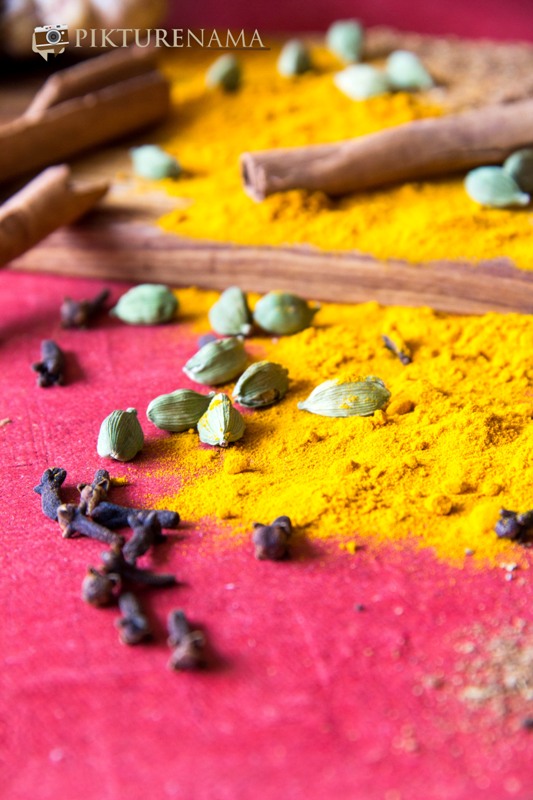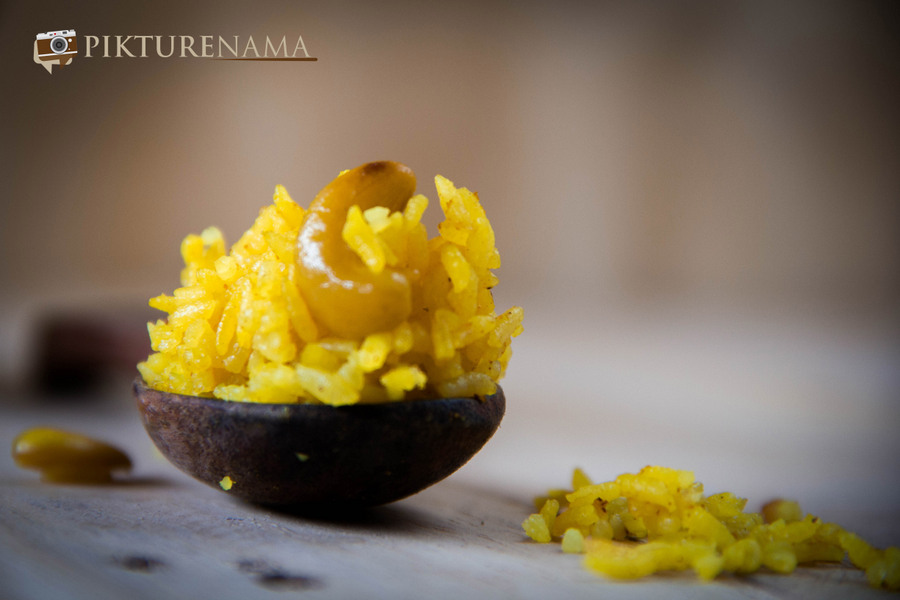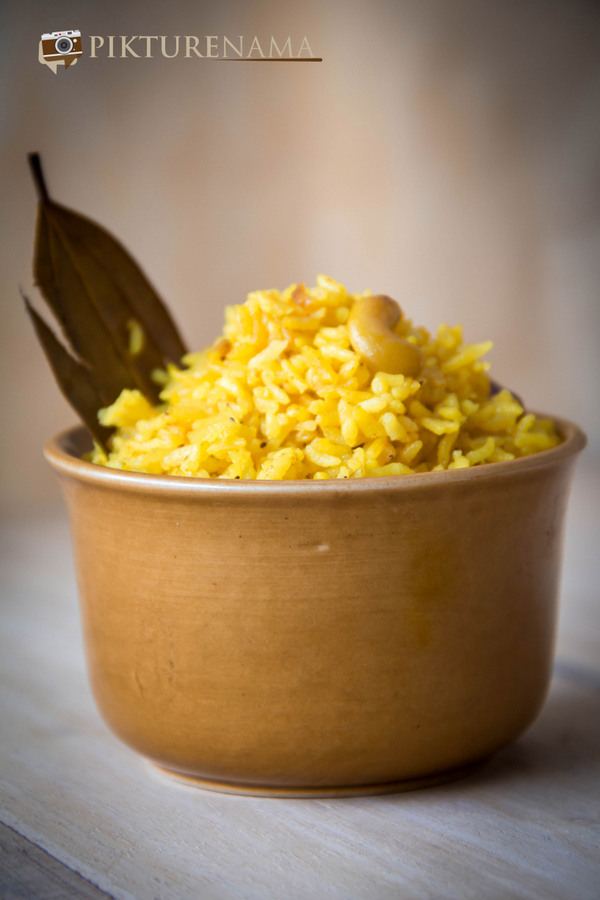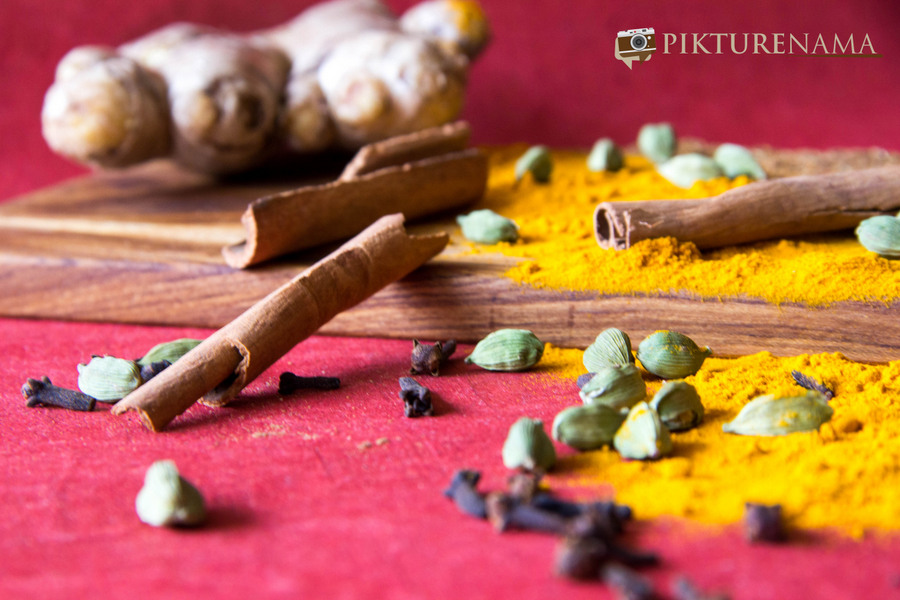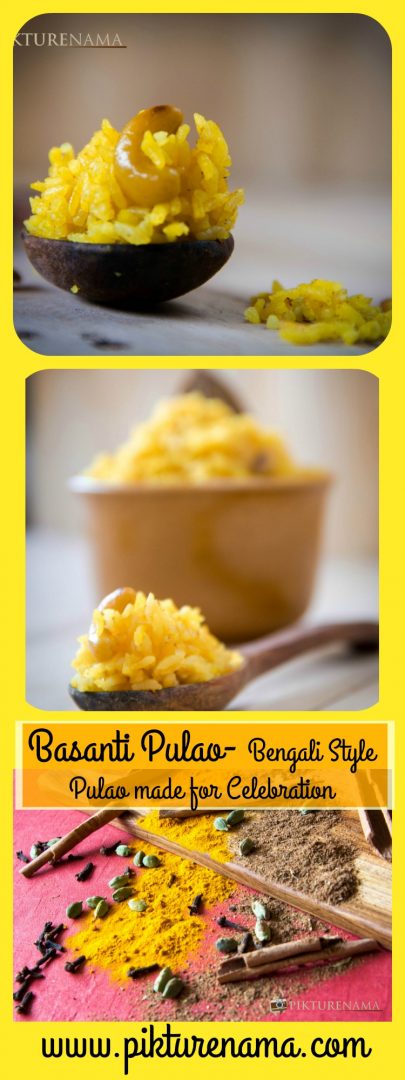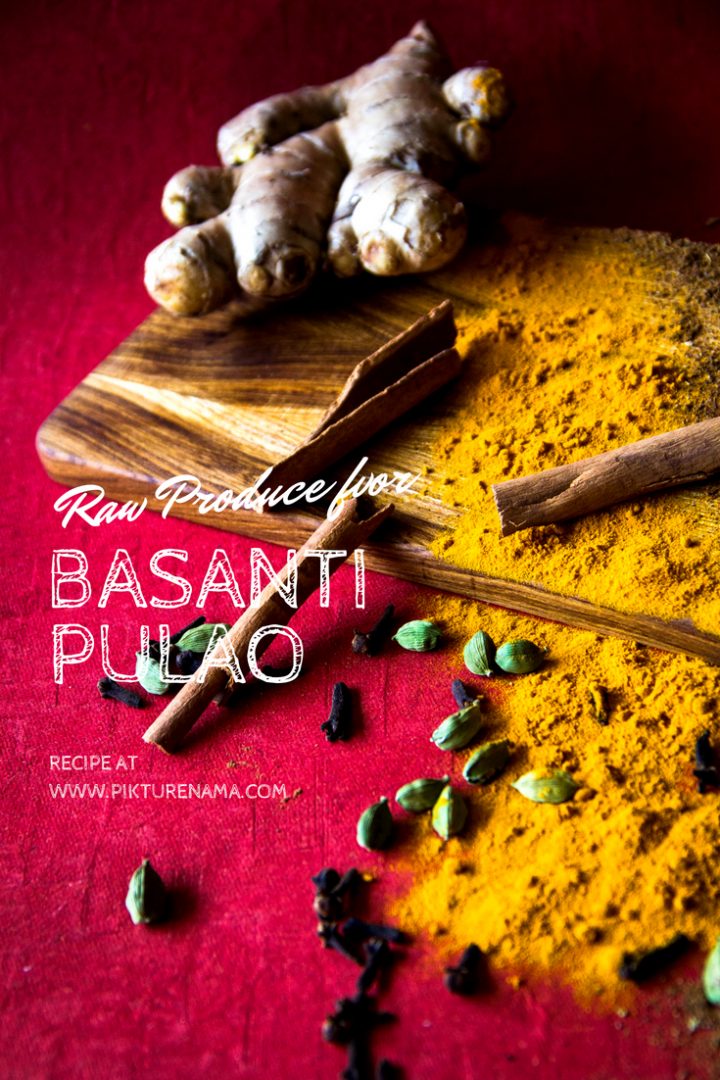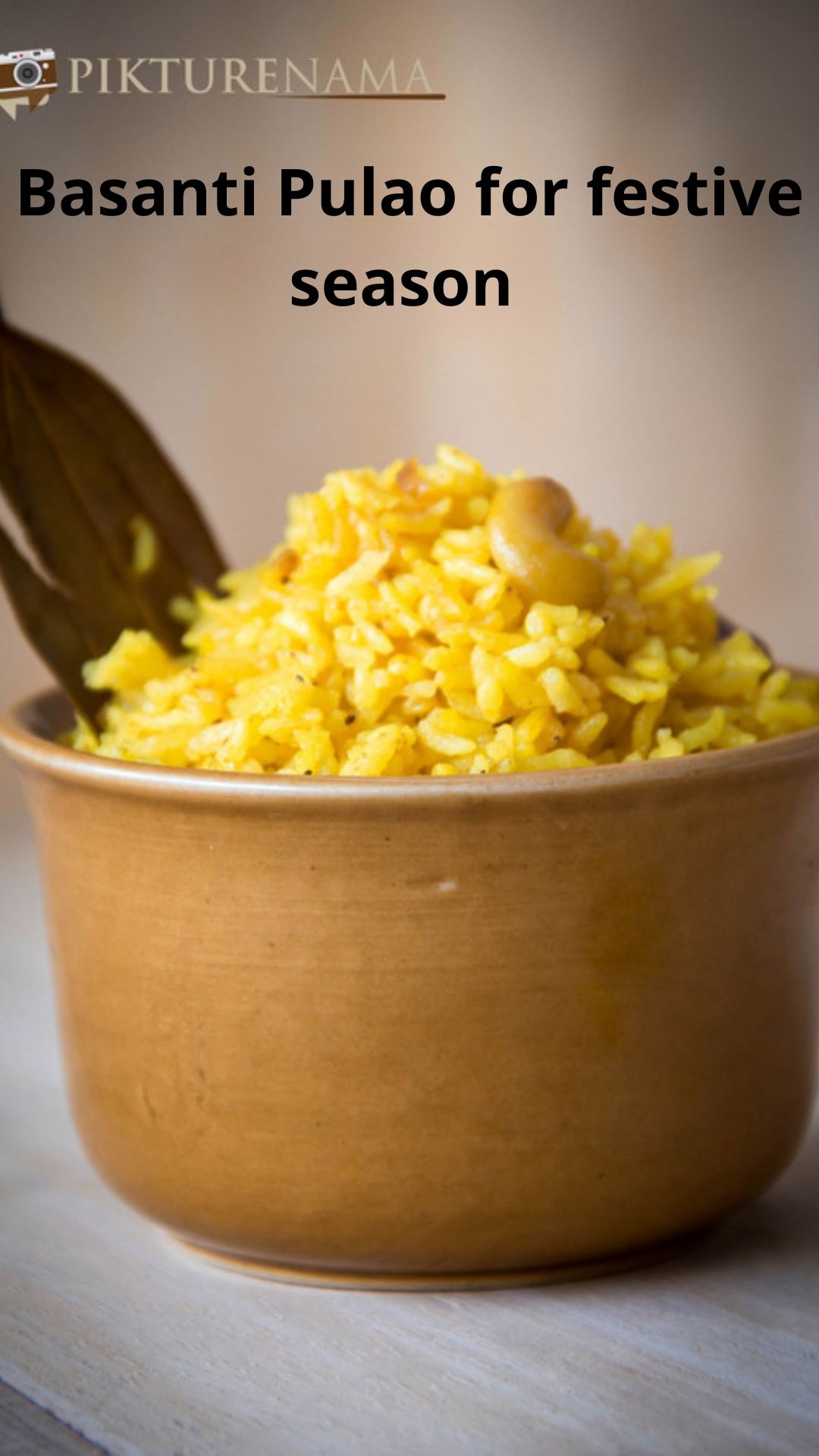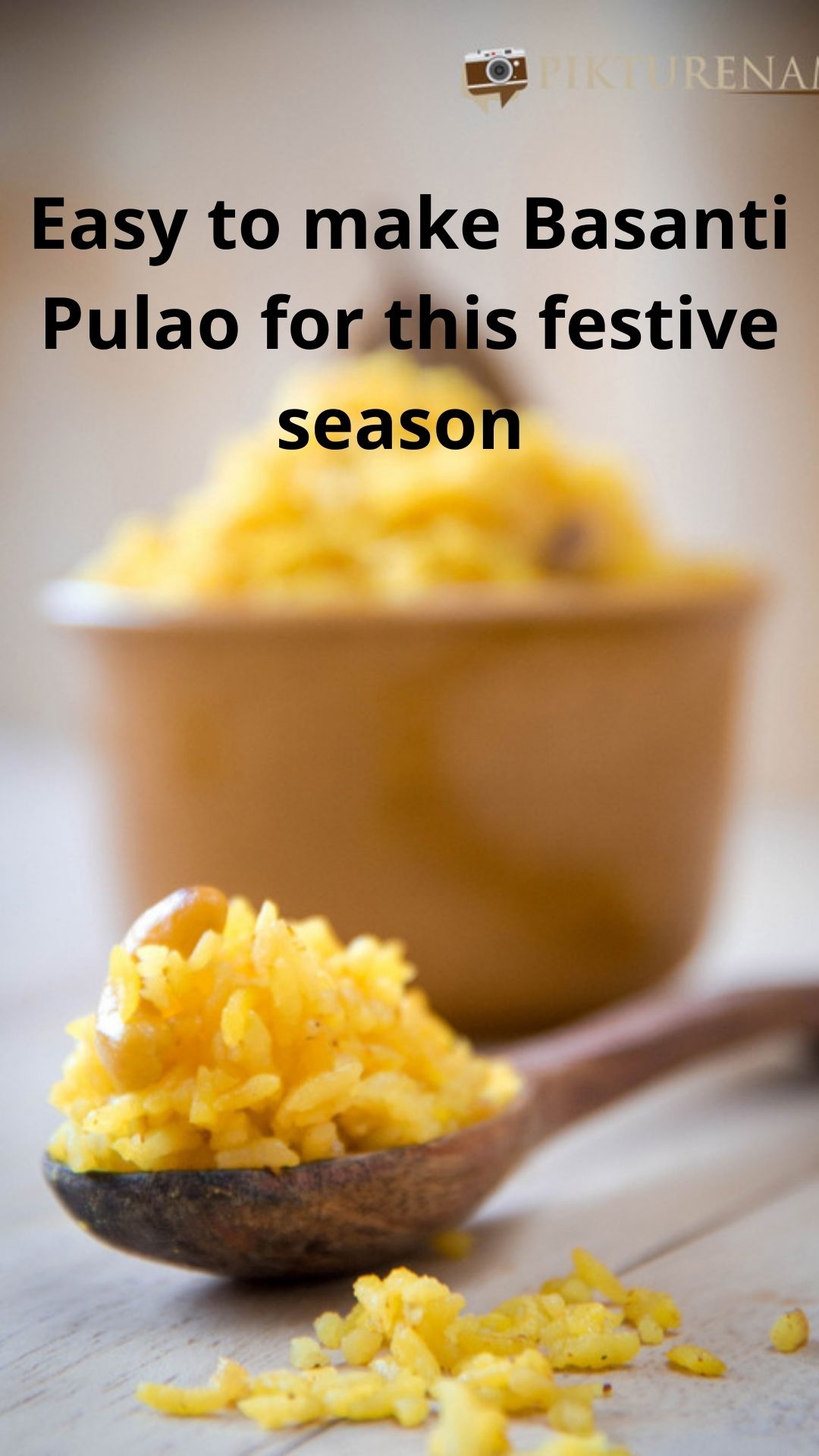It is that time of the year when all that comprises actual and pseudo bangaliana will start overflowing in various forms. Social media update, dressing in traditional punjabi paijama (we don’t call it kurta pajama but punjabi paijama) or dhuti, Bengali songs (Rabindrasangeet being the most sought after as it is the beginning of Boishakh, which is also the birth month of Robi thakur) and without a doubt, Bengali food. Poila Boishakh has so many nostalgia-ridden memories.
The Love for Fried rice and Basanti Pulao
This is the one day when fondness for Chinese cuisine by Bengalis takes a backseat. No fried rice but basanti pulao, no chilli chicken but kosha mangsho and no custard but mishti doi. Like any other region of India, Bengalis are protective about their cuisine and no matter how many Bengali restaurants open up, any Bengali would say that the best Bengali food is his home-cooked food and each member of the family will have one signature dish.
Keep aside the non-veg options, keep aside the different vegetables and the process of making; I say Fried rice is the distant Chinese cousin of Basanti Pulao. When I was very young, eating was my least priority and I was always eager to finish off my food as soon as possible so that I could go out and play. I would often ask Ma, why there were no eggs in a pulao. At least eggs made it interesting to eat. It took a while and a few summers more to realise that a pulao is different from a Chinese cousin.
History of Basanti Pulao
Now comes the tough part of this blogpost – trying to dabble a bit with the history of Basanti Pulao. It is said that the word “pilaf” is derived from the Sanskrit word “pulaka”. In his book, Indian Food: A Historical Comparison, K.T Acharya claims that both the Persians and Arabs invented the terms pallao, pulao and pilav; yet it was referred to as pallo or pulao in Sanskrit as well as Tamil, much before the Muslim invaders entered India. There is a reference to Pulao in Yagnavalkya Smriti, one of the Sanskrit texts between the 3rd to 5th century also.
The first known recipe of Pilaf
The first known documented recipe for Pilaf has come from Persian scholar Abu Ali Ign Sina in his books on medical sciences. Pilaf is an English word which comes from Turkish pilav and which in turn, comes from Persian polow. The strong resemblance to Spanish Paella is also to be noticed here and some degree of similarity between the both. While Mahabharat has a reference to Polao when Yaggaseni (the name still attracts a sigh in me, as I remember one of my earliest crushes. Don’t ask when that happened) cooked the same.
Two types of Polaos and Kanika from Odisha
There are two types of Polaos which we normally have in Bengal – yellow Basanti Pulao and white Pulao. While discussing this, one of my friends from Odisha shared this beautiful information – Misti pulao of Bengal is commonly known as ” KANIKA”. Kanika is a fragrantly sweet pulao that is traditionally prepared in Orissa. It finds a place of pride among the ‘chappan bhog’ or 56 items that form part of Lord Jagannath’s menu.
Before fried rice and biryani became popular in Orissa, Kanika used to be served at all wedding feasts, picnics and family gatherings. It is stronger in flavor than a traditional pulao and also is a little sweet. Usually prepared with arua chaula ‘raw rice’ (Ambebhog/GovindBhog), one can replace it by any other aromatic rice (Basmati for example). Though these days, it is usually prepared for offering as prasad in pujas.
By now, it is evident that we are not heading towards any logical conclusion. I sought food researcher Pritha di’s help. As per her, the yellow Basanti pulao has the origins from Shahjahani Zard Pulao and the Hindus embraced it. The Zamindars were influenced by the Murshidabadi and Bangladeshi Nawabs and hence they used saffron in their pulao too. Soon it became an aspirational dish for commons and as saffron was expensive, holud or turmeric became a convenient substitute. Zard pulao is perhaps the only vegetable pulao recipe documented as there are other pulaos with vegetables but albeit with meat in it.
Nushka e Shahjahani and Basanti Pulao
For the sugar part, the explanation could be that as mentioned in the book Nushka e Shahjahani – Pulaos translated by Salma Hussain from the royal kitchen of Shahjahan had a heavy use of sugar; as much as 750 grams of sugar was used in 1 kg of Pulao. As a matter of fact, during those days it is said that the kebabs were also floated in sugar syrup. The thought process which perhaps worked here could be that sweetness normally cuts the richness of the meat and who would’t like Pulao with kosha Mangsho or chaap.
Because it’s Poila Boishakh. Because it’s Bangaliana. It has to be Basanti Pulao.
During Durga Pujo we make Bhoger Khichuri which is easy to make and everyone relishes it. You can subscribe to our youtube channel for more bengali recipes.
Do try this recipe and share your feedback. You can reach out to us at our social media handles: Instagram, Facebook or any of our personal Facebook (Madhushree and Anindya) and twitter profiles. Post a picture and tag us.
Pin this for your recipe board? You can follow us on Pikturenama recipes for more recipe ideas (Link)
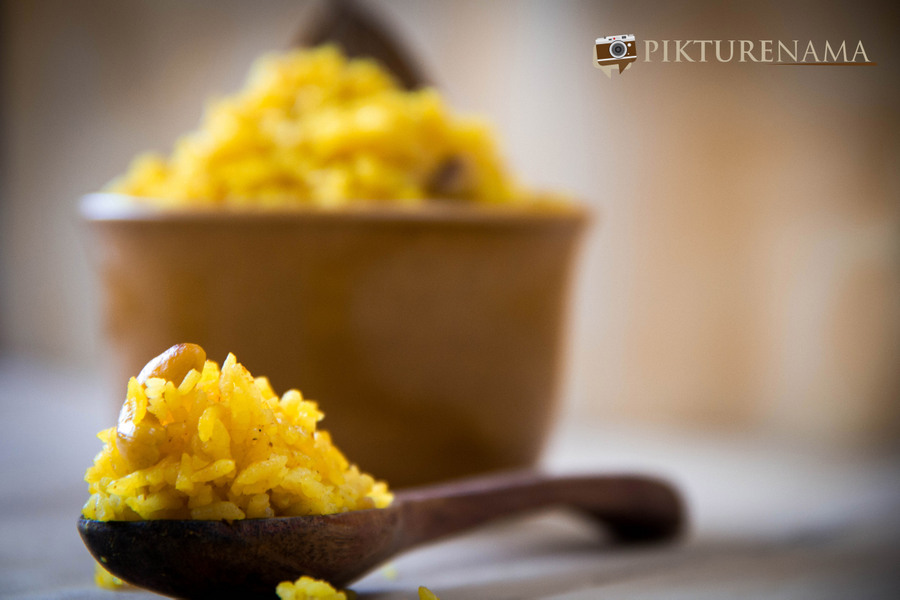
Basanti Pulao
Ingredients
- 2 Cups Rice Use aromatic short grain Govindbhog or the closest similar is ambemohar
- 1 Tbsp Turmeric Powder
- 2 Tbsp Salt
- 6 Tbsp Sugar
- 1 Tsp Garam Masala Powder Bengali Garam Masala powder is a mix of green cardamom, cinnamon and cloves
- 1 Tsp Ginger Paste
- 5 Tbsp Ghee or Clarified Butter
- 1-2 No Dried Bay Leaf
- 1/2 Cup Broken Cashews
- 1/2 Cup Kismis/ Golden raisins
- 1 Tbsp Thick Yogurt
Instructions
- Wash the rice thoroughly and soak it in water for half hour.
- After half hour, drain the water out completely.
- Now mix the rice with salt, sugar, garam masala powder, turmeric powder, yogurt and ginger paste and keep aside.
- In a frying pan, take a couple of tbsp of ghee and heat it. When the ghee is hot, add the bay leaf and then the cashew and kishmish.
- Stir it around and keep the heat to low since cashew burns very quickly. When the cashew is lightly golden, add the rice and stir it around to make sure that the rice doesn't stick to the bottom.
- Once the rice is fried, it just takes 4-5 minutes, turn off the heat.
- There are several ways of cooking the rice now. One can simply add hot water to the frying pan, stir it around, cover and cook for 10 - 15 minutes. In between, open the lid and drizzle the rest of the ghee. The quantity of hot water is usually double the quantity of rice. In case of gobindbhog, the quantity of water should be one and half times.
- One can also use a pressure cooker to make the pulao. For a pressure cooker, add the rice in the pressure cooker and for 2 cups of rice, add only one cup of water plus 2 tbsp. Let the water boil and release steam, at which point you close the lid of the pressure cooker and turn the heat to medium. Let there be a slow whistle for sometime (approximately 6- 7 minutes) and then turn of the gas. The rice cooks in the steam which is created in the pressure cooker. Let the steam release on its own and the open the lid and drizzle the rest of the ghee all over.
- I always do my pulaos in an electric rice cooker. For an electric rice cooker, place the rice inside the container. Add exactly double the quantity of hot water or as per the instruction of your rice cooker. Cover the container and turn on the cooker.
- Sometimes midway, open the lid and quickly drizzle the rest of the ghee all around and cover and let the rice cooker do its job.
- When it is done, serve it hot with some kosha mangsho and alur dom.
Notes
2) Same goes for the amount of salt and sugar. Some people like it very sweet and add more sugar. For me, 6 tbsp always works fine.

